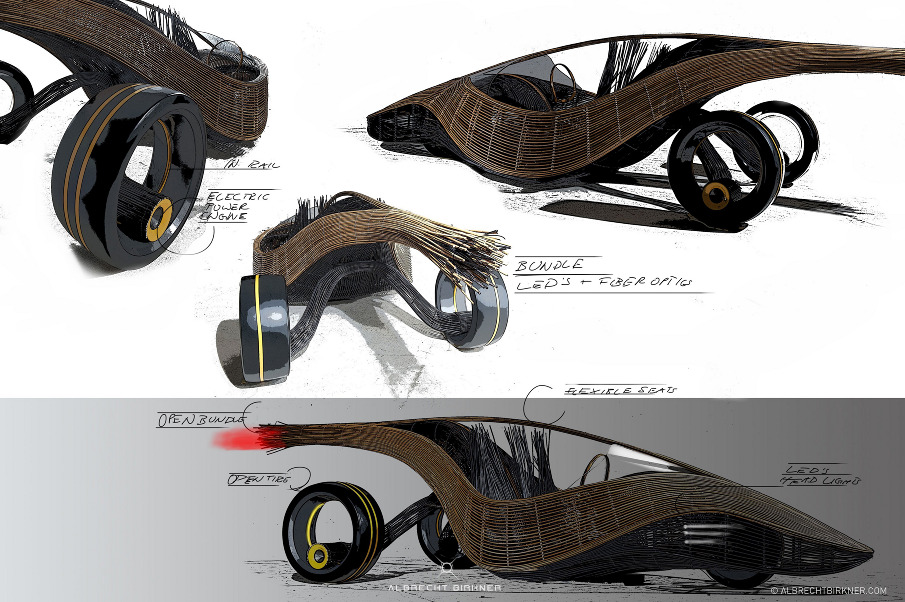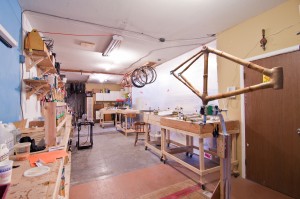In round 2 of sustainable transportation (click here for round 1), I’m shifting gears and focusing on automobile innovation. Back in 2011, designers Kenneth Cobonpue and Albrecht Birkner teamed up to design a concept car: the Phoenix.
https://www.youtube.com/watch?v=P6rsHwr0jK8
I should clarify that this is not a real car. It was built to depict the sustainable future of automobiles that the designers imagined. As a result, I will focus on the issues that sustainable products can face as they try to compete in their fields.
Traditionally made from materials including aluminum, steel, and lead, Phoenix was build using, among other resources, bamboo. The renewable materials had a low environmental impact and a shorter lifetime producing minimal waste. Assuming the car could run on sustainable resources, a problem arrises from integration into modern society. I won’t pretend that I know much about the regulations that cars must pass before becoming road-worthy, but I understand it’s a lengthy process with testing and certificating galore. While bamboo’s strength is remarkable and there are more and more articles citing it as the next carbon fibre, safety issues of bamboo versus steel would be a primary concern of prospective users.
I admit that I am not sure how a marketing team could overcome concerns of safety. Would accumulating certifications be enough? Would a company need to show demo videos about safety as well? I’m not even certain that the product should be introduced to the North American market right away. In Asia and Europe, driving is monitored under different regulations, which could potentially make the entrance of a sustainable bamboo car more realistic. Or, it’s possible that none of this will work. Maybe bamboo is not a future resource in the automobile industry. My guess is that designers will ultimately look to other renewable resources such as hemp or flax that are equally focused on environmental initiatives.


 ave expanded throughout Western Canada), the company is still looking for ways to sustainably innovate. Using hemp fibres for joints and sourcing other materials locally are some of the ways Grass Frames continues to evolve, and the company has even begun growing its own bamboo, although that project will take time to come to fruition. Following in the footsteps of companies such as
ave expanded throughout Western Canada), the company is still looking for ways to sustainably innovate. Using hemp fibres for joints and sourcing other materials locally are some of the ways Grass Frames continues to evolve, and the company has even begun growing its own bamboo, although that project will take time to come to fruition. Following in the footsteps of companies such as